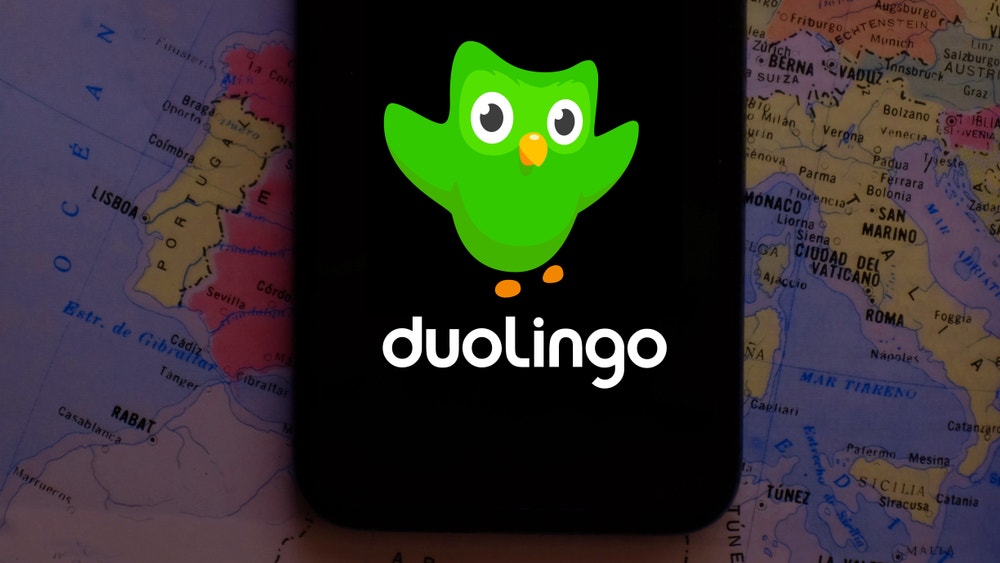Duolingo shares have tumbled 24% in the past month amid concerns over slowing growth and rising churn, despite strong global brand momentum.
The company will announce its results for the second quarter ending June 30, following the close of the U.S. market on Wednesday, August 6.
Against this backdrop of heightened investor caution and mixed sentiment around engagement trends, JP Morgan analyst Bryan M. Smilek reiterated the Overweight rating on Duolingo, Inc. (NASDAQ:DUOL), lowering the price forecast from $580 to $500.
Also Read: Duolingo: A Profitable EdTech Play With More Room To Run
The analyst cautions that some investors suspect that negative chatter on social media about Duolingo’s AI-first strategy could be dampening engagement.
While that may have briefly impacted virality in the U.S., Smilek emphasizes that Duolingo’s brand remains strong, with about 90% of user growth historically being organic.
Smilek notes that Duolingo shares have fallen 30% since their May 14 peak, underperforming the S&P 500’s 6% gain.
This drop is largely tied to concerns stemming from third-party data pointing to a sharper-than-expected slowdown in user and subscription bookings growth, along with rising churn in Duolingo Max.
U.S.-based concerns likely have limited global impact, and the company’s social media metrics are steady, with TikTok followers even beginning to rise again.
Given these trends, investors are likely hoping for second quarter DAU growth between 40% to 42%, near the low end of management’s 40 to 45% guidance, and third quarter growth of 37% to 39%, indicating stabilization.
Smilek has trimmed DAU forecasts by roughly 1-4% across the second quarter to fourth quarter, now projecting 42% growth in the second quarter, 39% in the third quarter, and 40% in the fourth quarter.
Still, the analyst’s bullish view remains intact, citing Duolingo’s leadership in a largely untapped global market, its 130 million monthly active users represent just 18% of the online language learning market and only 7% of all language learners.
Over the medium term, Smilek expects growth to be driven by new products, increased gross additions, returning users, marketing, and better content and outcomes.
Smilek projects Duolingo’s adjusted EBITDA margins to improve significantly in the second half of the year, driven by AI-related cost savings.
For 2025, he models year-over-year operating leverage across all non-GAAP expense categories. The analyst projects bookings growth of 31% year-over-year on a constant currency basis (versus the company’s 29.8%–30.9% guidance), with adjusted EBITDA margins reaching 28.3%, up 266 basis points year-over-year and near the top end of the 27.5%–28.5% guidance range.






